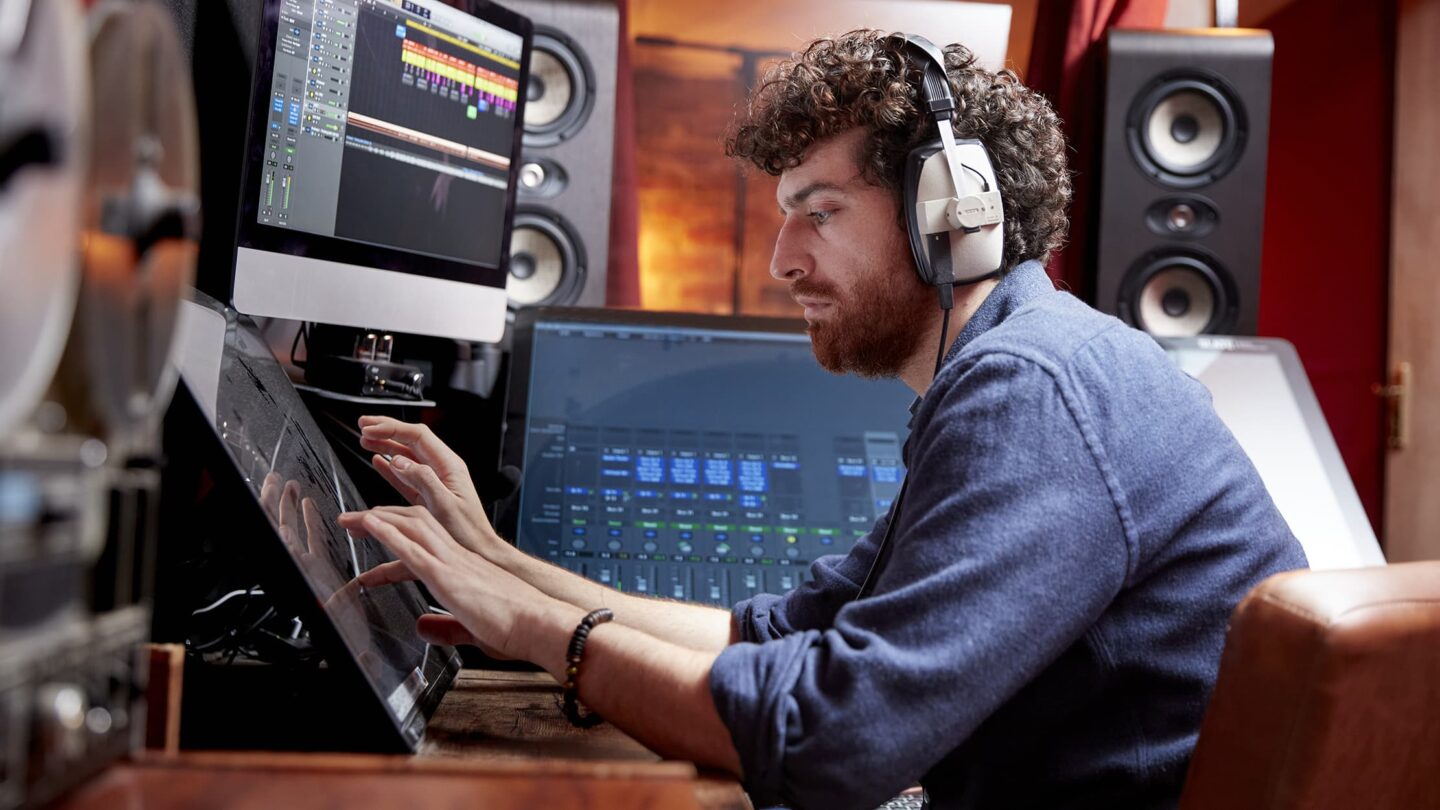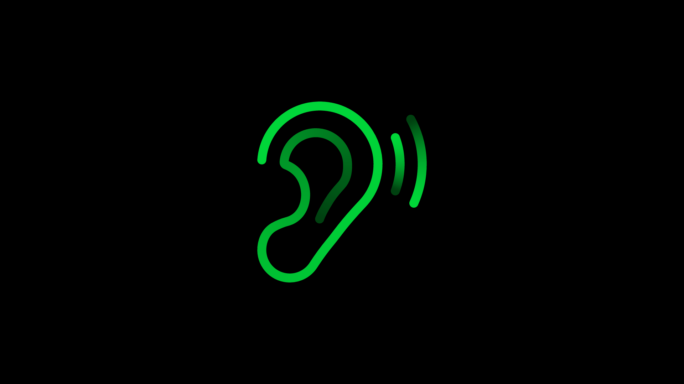Growth & Customers
6 simple tips to run a zero-paperwork business
Tired of managing lots of paper in your business, or want your company to be friendlier to the environment? Here's what you can do.

Paperwork. Managing it can take a lot of time – and space (think filing cabinets filled with documents and receipts cluttering a drawer).
Wouldn’t it be easier if your didn’t have so much paper to deal with for your business?
Thankfully, technology is your friend here.
With access to mobile devices, paperless billing, e-signatures for documents and more, it’s possible to significantly reduce the amount of paper that’s used in your business.
Not only does that mean you can be more efficient, your business will also be kinder to the environment.
In this article, we highlight how you can start taking steps in the right direction to become a zero-paperwork business.
Here’s what we cover:
The power of mobile technology
Six ways to get organised and reduce paperwork
2. Use a pay now button in invoices
4. Switch to paperless billing
Final thoughts: Less paper makes for a better business
The power of mobile technology
Business on mobile is a boom industry.
In the first quarter of 2021, the Amazon Appstore showed a 108.98% increase in business apps. By comparison, the second biggest-growing app category – social networking – grew by just 6.86% in the same period.
As mentioned above, you can do your business accounting using an app. It’s important to realise what this means.
It doesn’t necessarily mean that you do little bits of your accounting via the app, but still do most of it using a desktop computer.
Of course, you can still do that if you want.
But a mobile app means you can do the majority of your accounting using a mobile app.
Think viewing your profit and loss, issuing invoices via email, reconciling payments – and more.
And you can do this anywhere. On the bus or in a taxi. In a café.
The work that would once have taken a back office full of staff can now be done by you, in the spare moments between jobs.
It gets even better if the accounting app is partnered with another app, such as AutoEntry.
This lets you take pictures of business documents—such as receipts, using the phone’s camera –then automatically import the data. Added-in artificial intelligence means the data is automatically added in to where it needs to go.
The receipt can then be thrown away.
But all this is not just about making life easier.
Because the financial data is inputted into your system there and then, you get a real-time view of your finances.
You always know how much money you have right now – how much you’re owed and how much you owe.
This makes for infinitely better business decision making because you can be responsive to opportunities and also spot problems arising in the future (e.g. late payments).
Six ways to get organised and reduce paperwork
Using a mobile app is a great way to reduce the amount of paperwork you have to deal with in your business.
But there are more things to consider and try too.
Here are some more tips to avoid paperwork and boring admin in your business life – and reap the rewards of better organisation.
1. Get a card reader
If your work involves 1:1 contact with the customer or client, using a card machine means you can collect payment there and then.
This aids cash flow and helps you avoid having to chase clients for the money.
But it also reduces the paperwork mountain because, while you’ll still need to issue an invoice and receipt, those two tasks can all be handled in the same process as accepting payment by your payment provider, and are usually done electronically direct to an email address or mobile number (via text message).
2. Use a pay now button in invoices
Similar to using a card reader, if you issue invoices electronically then modern accounting apps let you include a button that lets people pay online.
At the very least, this might save bouncing paperwork back and forth chasing up payments.
Modern accounting software even includes invoice tracking features too, so you can see when an invoice has been viewed.
No longer will people be able to claim they haven’t received your invoice, because you’ll have proof either way!
3. Use apps to record mileage
If you need to drive for your work then you might be able to claim a tax allowance for the mileage.
If so then you can use an app to track the mileage, such as MileIQ.
This makes tracking mileage infinitely more simpler compared to scribbling it down in a notepad, and it’s also more accurate.
Those fractions of a kilometre can really add up across the year.
4. Switch to paperless billing
This is an easy one to put into place.
Most large companies nowadays are happy to issue bills without needing to post them to you. Instead, you get a reminder to check your online account.
Utility companies, municipal governments and more are all keen on this approach. And why not?
By simply logging in, or checking your email history, you can access all the bills quickly and easily.
5. Use an iPad
It doesn’t have to be an Apple iPad, of course. Other tablet computers are available.
But the goal is to always view longer docs you download such as PDFs on a tablet, rather than printing them out and viewing a hard copy.
This is especially useful for documents such as instruction manuals, ebooks, coursework, government forms, and so on.
6. E-sign documents
Although there’s still a legal requirement to sign many documents, nowadays it’s legal in many countries to sign a document in a digital way, using a tech solution such Adobe eSign.
If your accountant works out your tax return, for example, they might be happy for you to simply click and type your name in certain fields on official documentation.
Speak to a legal expert about implementing e-signing in your business, or consult relevant legislation.
Final thoughts: Less paper makes for a better business
It’s taken some time but we’re now in a position where we really can say that a business without paperwork is not just possible, but also desirable.
If you’re starting a business or if your business is young then getting into good habits right now – and trying to avoid processes built around collecting mountains of paperwork – is the correct way to move forward.
And it’s worth pointing out that using paper with the goal of recycling it after isn’t an environmentally-friendly solution.
This means that two amounts of carbon dioxide are produced, even if it means fewer trees are destroyed.
It’s better if that paper isn’t manufactured in the first place.
This way, zero carbon dioxide is created via manufacturing.
Small business toolkit
Get your free guide, business plan template and cash flow forecast template to help you manage your business and achieve your goals.







Ask the author a question or share your advice